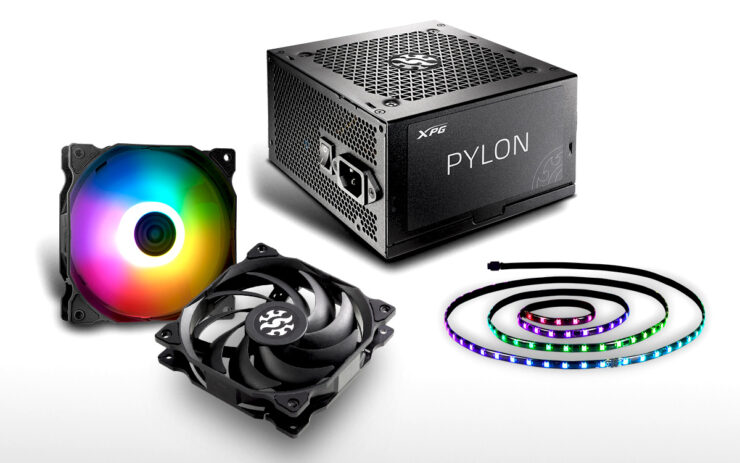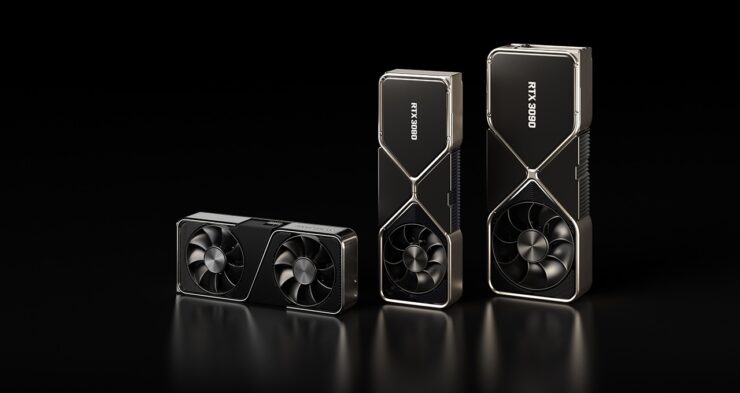
An interesting entry in Sisoft Sandra was spotted by TumApisak. It looks like someone ran a dual Xe LP setup clocked at 1.25 GHz. Intel has not revealed any plans for a dual GPU setup using Xe LP so it is a bit surprising to see this particular entry. It is even possible that Sisoft Sandra is incorrectly reading Gen13 (Xe HP) dual tile GPU here but for the purposes of this article, we will not speculate on that front and assume the information read by Sisoft is accurate.
Intel Xe dual GPU spotted – Xe LP with 4 TFLOPs+ of power
According to the Sisoft Sandra read, this is a dual GPU using Xe LP cores each with 96 EUs. This translates to a total core count of 1536 clocked at 1.25 GHz. The clock rate indicates this is an engineering sample and probably run from somewhere deep in Intel’s labs. It is also almost certainly not the final clocks and we can safely expect this to be atleast 1.5 GHz for a dGPU making for almost 4.6 TFLOPs of compute – which if priced correctly, is a pretty good entry level GPU.
We have a feeling that Intel is taking the MCM approach seriously and where dual GPU was previously reserved only for high end applications, will become a part and parcel of the entire strategy for GPUs. This might actually be a validation platform for the Xe HP architecture that is coming later. It might even be the Xe HP 2-tile GPU itself with Sisoft Sandra incorrectly reading the architecture.

If that is the case then we are actually looking at 512 EUs per tile (and not 96EU per tile) or 4096 cores total – which is much more closed to a mid-range gaming card that Intel had promised would be landing sometime in 2020. That said, the probability of this being a misread is pretty low considering it gave details about the EU count so we are almost certainly looking at some sort of validation platform before Intel moves on to Xe HP.
Intel Xe HPG GPU could get 960EUs with GDDR6 memory in 2021
We are sure that the raw performance numbers of NVIDIA’s Ampere lineup has something to do with this change in plans. With Ampere offering twice the shading performance of last generation, both Intel and AMD would have to step up their game – particularly for future cards in order to stay competitive. The tweet was deleted – which usually lends credence to the validity of the information but we would still urge a slight pinch of salt because this decision is still in its evaluation stages. The now-deleted tweet by Raichu :

According to the leaker, Intel is currently evaluating a SKU with 960 EUs. Intel has previously confirmed that Xe HPG will have just one tile and the biggest tile we have seen had 512 EUs so that was the theoretical maximum that the company implied. If this rumor turns out to be true then it might be that Intel is deciding to change that decision and go with binned versions of a 2 tile concept (430 EUs each – which would indicate a binned die from Xe HP). This would obviously help them remain more relevant and competitive against offerings from NVIDIA and AMD.

Intel’s Xe HPG lineup is slated to arrive sometime in 2021 according to known twitter leaker @Mebiuw and the GPU is expected to have either 6GB or 8GB of GDDR6 for the first launch. At any rate, it is clear that for their first entry into the gaming segments, intel is going for a mainstream approach instead of an Ampere/Navi-slayer and would likely be targetting the price/perf sweet spot. Intel has the financial resources to subsidize their GPUs greatly and sell them to gamers cheap to establish market share and Xe HPG should be the perfect tool to do that.
Additional background on Intel’s Xe HPG
While Xe HP and HPC utilize HBM memory, Intel wants its HPG branding to be more budget-friendly since its targetted dead center at gamers. This is why the architecture is equipped with GDDR6 memory. Now while the company was very tight-lipped about the architecture they did confirm that the GPU will feature hardware dedicated ray-tracing support and will be coming sometime in 2021.
Probably the biggest reveal was the fact the graphics card will be made on an external process (likely TSMC) which would mean that it will not be tied down by any foundry delays that Intel may face. [opinion] Since its coming in 2021, I would guess that TSMC’s 7nm or 6nm process would start to be freed up by then with AMD etc transitioning to 5nm and that would become the most feasible process for this GPU. [/opinion]

In an attempt to get further details about Xe HPG, I asked Raja Koduri whether the GPU would be MCM based or single tile and while he did not answer the question directly, he told me to refer to the packaging details shown in their GPU cadence slides. See multi-tile GPUs like Xe HP require special EMIB and Co EMIB packaging and Xe HPG is listed as having a “Standard” package. This confirms that the GPU is going to ship with 1 tile of Xe HPG.
The scalability arch in the Xe HPG philosophy also indicates that the first GPU is a trial run for the company and if it works well, scaling it upwards should be trivial. Although the first Xe HPG GPU is starting with a single tile, if the response is good, then the company can easily scale to more tiles and exponentially increase the performance of their GPUs. What’s more, Intel is working on a unified driver stack (for example the drivers for Tiger Lake’s Xe GPU already work with DG1).





